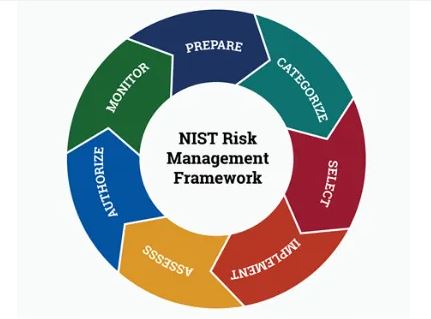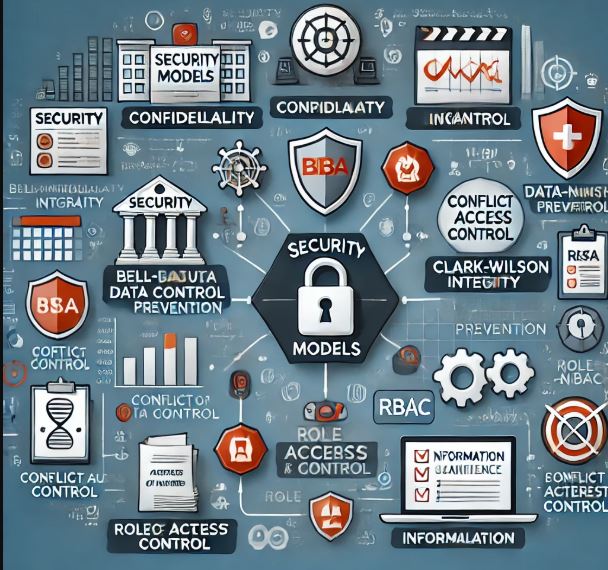The Risk Management Framework (RMF) from NIST (National Institute of Standards and Technology) is a structured, seven-step process that helps organizations identify, assess, and manage cybersecurity risks. It’s widely used by government agencies, defense contractors, and enterprises to ensure secure and compliant information systems.
🔹 The 7 Steps of RMF:
1️⃣ Prepare → Define organizational risk policies and assign responsibilities.
2️⃣ Categorize → Identify the system’s security impact (low, moderate, high).
3️⃣ Select → Choose appropriate security controls from NIST SP 800-53.
4️⃣ Implement → Deploy the selected security controls.
5️⃣ Assess → Test and evaluate control effectiveness.
6️⃣ Authorize → Approve the system for operation based on risk acceptance.
7️⃣ Monitor → Continuously track and update security measures.
💡 Why is RMF Important?
✅ Ensures compliance with FISMA, FedRAMP, DoD, and other regulations 📜
✅ Strengthens cyber resilience & risk management 🔐
✅ Supports continuous monitoring & threat mitigation 🚨
✅ Aligns with NIST Cybersecurity Framework (CSF) and Zero Trust Architecture (ZTA) 🏛
🔍 RMF vs. Other Risk Frameworks
✔ RMF – Focuses on security risk for federal systems and critical infrastructure.
✔ ISO 31000 / COSO ERM – More business-oriented risk management models.
✔ NIST CSF – A flexible framework for cybersecurity risk at any organization.
At SentraOne, we help businesses navigate risk management frameworks to enhance security and compliance. Need to implement RMF for your organization? Let’s connect! 🚀
#NIST #RiskManagement #RMF #CyberSecurity #Compliance #SentraOne #SecurityAwareness





